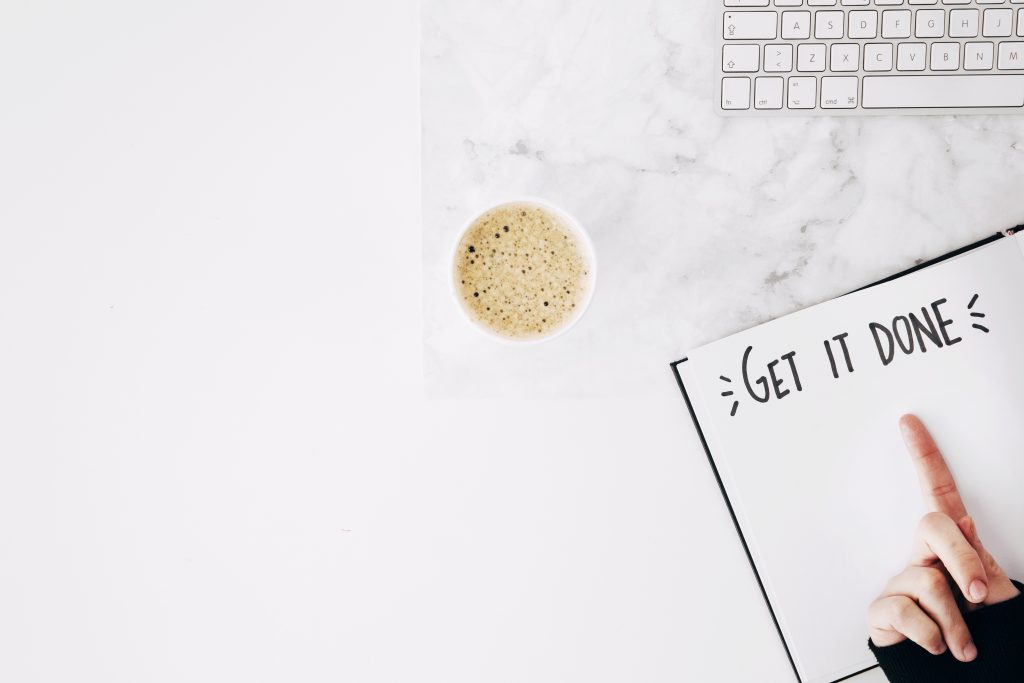In a world overwhelmed by constant distractions and endless to-do lists, the practice of minimalism is gaining more attention. Originally a lifestyle philosophy, minimalism has expanded beyond decluttering physical spaces to include simplifying our schedules, thoughts, and even digital lives. At its core, minimalism is about removing the excess to create space for what truly matters. But beyond the aesthetic benefits of a clean, tidy home, minimalism has a significant impact on productivity and focus—two critical aspects of modern life, especially for those working remotely or managing complex tasks.
This article explores how practicing minimalism can boost productivity and focus. We’ll delve into the science behind minimalism’s effects, the ways it can improve your workflow, and practical tips to incorporate this trend into your daily life.

The Minimalist Movement: An Overview
Minimalism, often associated with the “less is more” philosophy, gained prominence in the 20th century as both an artistic and cultural movement. While it originally focused on stripping down art to its most basic forms, the modern-day concept of minimalism extends to various aspects of life, including workspaces, schedules, and even technology.
In its current form, minimalism is viewed as a way to eliminate unnecessary clutter—both physical and mental—to focus on what truly brings value and meaning. In a time when people are often overwhelmed by the sheer amount of information and tasks they encounter daily, minimalism offers a pathway to clarity and efficiency.
The Science Behind Minimalism and Its Impact on Focus and Productivity
Research consistently supports the idea that minimalism can have a positive impact on mental well-being, productivity, and focus. A cluttered environment is known to cause cognitive overload, reducing one’s ability to concentrate and perform tasks effectively. According to a study by Princeton University Neuroscience Institute, clutter has been shown to impair people’s ability to focus and process information efficiently. The brain becomes overstimulated by competing stimuli, which can lead to fatigue, stress, and lower productivity.
In contrast, minimalism—whether in physical spaces, digital environments, or mental approach—helps to reduce distractions and cognitive load. It promotes an environment where you can focus on one task at a time, resulting in improved concentration and efficiency.
Key Benefits of Minimalism on Productivity and Focus:
- Reduced Decision Fatigue: With fewer choices and distractions, minimalism helps reduce decision fatigue, making it easier to focus on what matters.
- Improved Mental Clarity: By clearing physical and mental clutter, minimalism creates space for creativity and clarity, which enhances decision-making.
- Increased Motivation: A clean and organized environment can improve mood and boost motivation, making it easier to tackle tasks.
- Fewer Distractions: With fewer distractions, minimalism allows you to dedicate your full attention to the task at hand, improving both focus and efficiency.
How Minimalism Enhances Productivity and Focus
1. Streamlining Your Workspace
One of the most immediate ways minimalism boosts focus and productivity is by decluttering your workspace. A cluttered desk or workspace can negatively impact your ability to concentrate. Studies show that visual distractions, such as scattered papers or unnecessary objects, can impair cognitive performance. When your workspace is free of distractions, you’ll find it easier to immerse yourself in tasks.
Tips for Creating a Minimalist Workspace:
- Clear the Desk: Only keep the essentials within arm’s reach. This includes your computer, a notebook, and maybe a few personal items.
- Organize Digital Files: Keep your desktop free of icons and organize your digital files into folders. Use tools like Google Drive or Evernote to keep and ideas neatly stored.
- Use Simple Tools: Limit the number of tools and apps you use. Stick to a few that support your productivity goals, such as task management apps like Todoist or Trello.
2. Simplifying Your Daily Schedule
Minimalism isn’t just about physical spaces—it’s about how we approach our time. With packed schedules, it’s easy to become overwhelmed. Practicing minimalism in your daily schedule means identifying the most important tasks and focusing solely on those. It also involves learning to say no to less important commitments that drain your time and energy.
How to Simplify Your Schedule:
- Prioritize Key Tasks: At the start of each day or week, identify the most crucial tasks and tackle them first.
- Set Boundaries: Limit your working hours to ensure you’re not overloading yourself. Set specific times for work and time for rest.
- Use Time Blocking: Allocate specific blocks of time for certain activities, which helps minimize distractions and keeps you focused on one task at a time.
3. Decluttering Your Digital Life
In an age dominated by smartphones, social media, and constant digital notifications, minimizing digital distractions is a critical step in improving productivity. The average person checks their phone over 300 times a day, according to studies by Dscout. These interruptions prevent deep focus and reduce efficiency. To practice digital minimalism, you can streamline your digital environment.
Tips for Practicing Digital Minimalism:
- Limit Notifications: Turn off non-essential notifications on your phone and computer.
- Unsubscribe from Unnecessary Emails: Regularly clean your inbox by unsubscribing from newsletters and promotional emails that don’t add value.
- Use Focus-Enhancing Apps: Apps like “Focus@Will” or “Forest” can help you stay focused by blocking distracting sites or providing concentration-enhancing music.
4. Adopting a Minimalist Mindset
Minimalism isn’t just about external factors; it’s about adopting a mindset that favors simplicity, clarity, and intention. By minimizing mental clutter and focusing on what truly matters, you can achieve greater clarity and focus. This mindset shift helps you make better decisions, prioritize effectively, and resist the temptation to overcommit or multitask.
How to Develop a Minimalist Mindset:
- Practice Mindfulness: Meditation or mindfulness exercises help you become more present and less distracted by unnecessary thoughts.
- Embrace the “Less is More” Philosophy: Focus on a few tasks or goals at a time, and avoid spreading yourself too thin.
- Emphasize Quality Over Quantity: Rather than taking on many projects, focus on excelling at fewer ones.
5. Fostering Healthier Habits
Minimalism also intersects with better physical health, which in turn improves mental clarity. A minimalist lifestyle often involves adopting healthier eating, exercise, and sleep habits—factors that directly contribute to your ability to focus and be productive.
How to Embrace Healthy Minimalism:
- Simplify Your Diet: Focus on whole, nutritious foods, and avoid overwhelming yourself with complicated diets or endless choices.
- Exercise Regularly: Physical activity is a powerful tool for enhancing focus and mental clarity. Simple routines like walking or yoga can significantly boost productivity.
- Establish a Sleep Routine: Getting enough quality sleep is one of the most important aspects of maintaining focus and productivity. Establish a consistent bedtime routine and prioritize sleep.
Minimalism in Action: A Step-by-Step Guide
To begin integrating minimalism into your life and boost your productivity, here’s a simple, actionable plan:
- Start with Your Space:
- Begin by decluttering your workspace. Remove non-essential items and only keep what you need.
- Organize your digital files, emails, and apps.
- Simplify Your Schedule:
- Create a to-do list with only the most important tasks for the day.
- Block out time for focused work and personal activities, ensuring you avoid over-scheduling.
- Implement the “Two-Minute Rule”:
- If a task takes less than two minutes to complete, do it immediately. This prevents small tasks from piling up and causing stress.
- Embrace the Power of No:
- Learn to say no to non-essential commitments that detract from your focus and time.
- Practice Regular Breaks:
- Take breaks every 60 to 90 minutes to recharge and maintain high levels of focus.
Conclusion
The minimalist approach is not just a trend, but a powerful tool for improving productivity and focus. By reducing clutter, simplifying schedules, and eliminating distractions, you can create an environment that fosters greater mental clarity and efficiency. Whether you are working from home or managing a busy lifestyle, minimalism provides a pathway to achieve more with less. With a minimalist mindset and lifestyle, you’ll find that less really can be more—more productivity, more focus, and ultimately, more peace of mind.
Reference
- ‘Less chaos around you means more calm within you’, https://www.homesandgardens.com
- How much does your workspace affect productivity? https://nypost.com
- Digital Minimalism by Cal Newport – A Visual Summary, https://verbaltovisual.com









